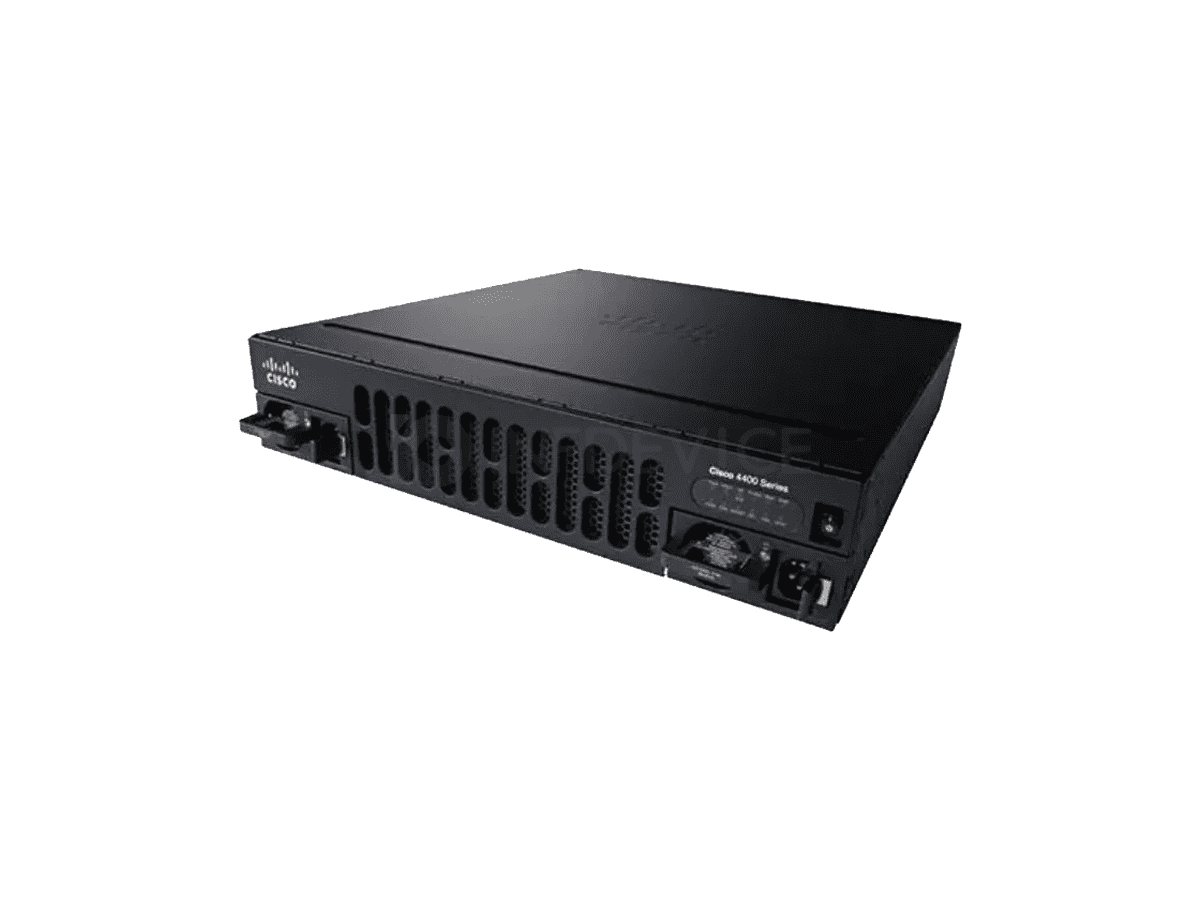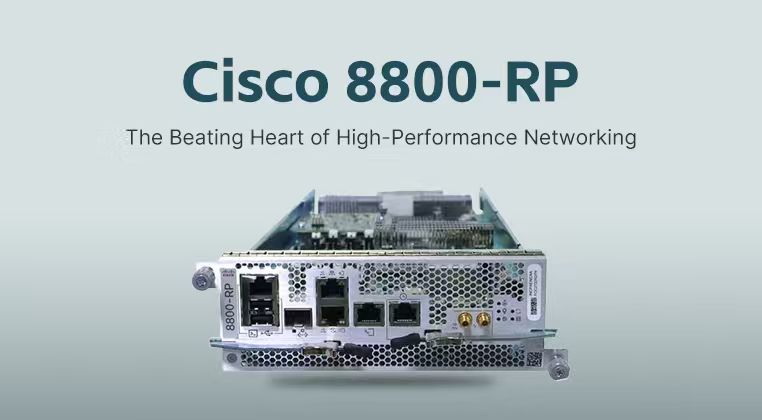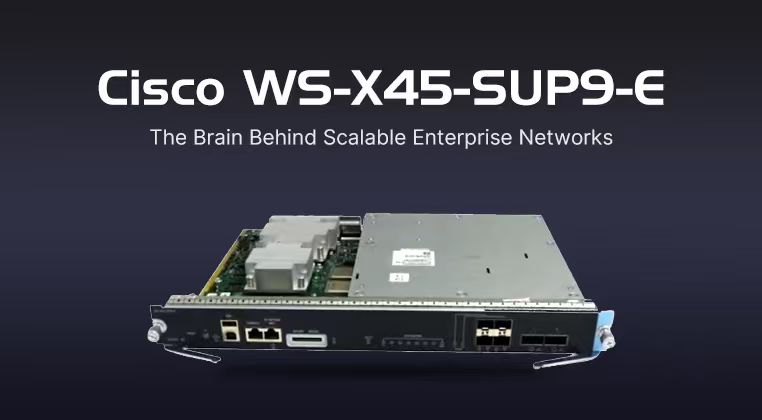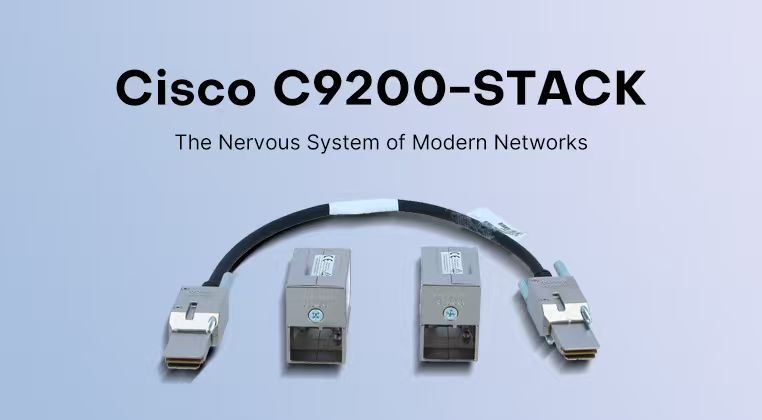














Voice Bridges: How the Cisco VG450 Breathes New Life into Old Phone Lines
VoIP (Voice over Internet Protocol) is basically a method of turning analog voice signals into digital data packets that travel over the internet. Think of it like sending a series of digital envelopes containing voice snippets instead of relying on old-school copper wires. The magic happens through codecs (compression algorithms) that shrink the audio, protocols like SIP or H.323 that set up calls, and gateways that bridge VoIP networks with traditional phone systems. It’s cheaper, flexible, and packs features like video calls or unified messaging—but it leans heavily on your network’s stability.
Now, imagine you run a mid-sized company with a bunch of analog phones or fax machines gathering dust. Tossing them out isn’t cost-effective, but integrating them with modern IP communications feels like a puzzle. Enter the Cisco VG450, a voice gateway that acts as a translator between your legacy equipment and today’s IP-based telephony.
A Look at the Hardware
The VG450 sports a no-nonsense, rugged metal chassis—typical of Cisco’s enterprise gear. It’s designed for rack mounting, with a series of LED indicators on the front to give you a quick health check of the system. On the back, you’ll find a mix of ports: analog telephone interfaces (FXS) for connecting traditional handsets or faxes, Ethernet ports for network connectivity, and expansion slots for adding more capacity. It’s built to be tucked away in a server room, quietly doing its job without flashy aesthetics.
Under the Hood: Performance That Handles the Load
This isn’t a consumer-grade adapter. The VG450 is built for scalability, supporting dozens to hundreds of concurrent calls depending on configuration. It interoperates with Cisco’s Call Manager for seamless call routing and supports a range of voice codecs (like G.711 for uncompressed audio or G.729 for bandwidth savings). What’s more, it’s engineered for reliability—with failover mechanisms and quality-of-service (QoS) tweaks to prioritize voice traffic over other data, minimizing jitter or dropouts.
The Day-to-Day Experience
Deploying the VG450 isn’t plug-and-play; it requires some CLI or web-based configuration to match your network setup. But once it’s running, it just… works. Employees keep using their familiar analog phones while enjoying VoIP perks like voicemail-to-email or softphone integration. IT teams appreciate the granular control over call policies and the ability to monitor performance through logs and alerts. The biggest win? No one notices it—until a fax transmission completes smoothly from a 20-year-old machine over a fiber connection.
Weighing the Pros and Cons
Why it shines: The VG450 extends the life of analog devices, slashing replacement costs. It’s a stalwart for industries like healthcare or manufacturing where analog equipment is entrenched. Integration with Cisco’s ecosystem means centralized management and robust security. Plus, it’s a champ at handling high call volumes without breaking a sweat.
Where it lags: This isn’t a cheap device, and it demands technical expertise to configure. If your shop lacks Cisco networking skills, you might need specialist help. Also, it’s strictly a gateway—not a full PBX—so it relies on other systems for advanced features.
Stability: The Unsung Hero
Voice gateways live or die by reliability. The VG450, like most Cisco enterprise hardware, is built for 24/7 operation. Redundant power supplies? Check. Support for network redundancy? Check. In real-world use, it’s the kind of gear that chugs along for years with minimal fuss, barring network-wide outages or hardware failures. Stability boils down to your network’s quality—if your internet connection is solid, the VG450 won’t be the weak link.
The Value Proposition
Pricing isn’t discussed here, but the valueis clear: the VG450 is a bridge. It lets you migrate to VoIP at your own pace without ditching working analog infrastructure. For organizations weighing cost versus benefit, it’s a strategic investment that balances modernization with practicality. You’re not just buying a box—you’re buying time to transition smoothly.
In short, the Cisco VG450 is the silent workhorse that makes VoIP migration feel less like a revolution and more like an evolution. It’s proof that sometimes, the smartest tech solutions are the ones that help old and new talk nicely to each other.




